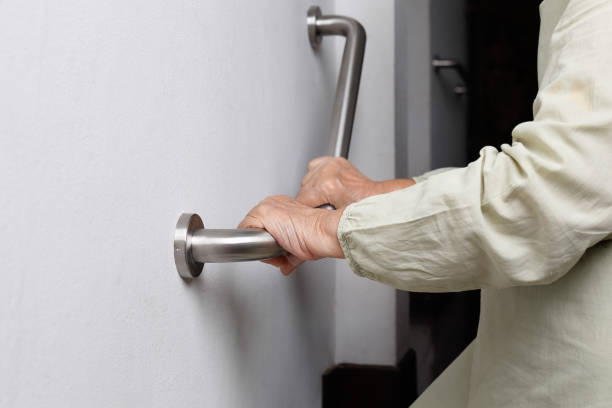5 Ways Of Communication When Suffering Deafblindness
Communication becomes more difficult with deteriorating hearing and vision. Disability Housing Options Melbourne can help along with equipment like hearing aids.
Communication between deafblind people is primarily based on clear speech. Keeping your communication clear, at an appropriate pitch and pace for the individual, and eye contact so they can lip-read can help reduce frustration.
However, people with hearing and sight loss may need alternative communication methods if they cannot do this. It can be an even greater challenge and a source of fear for someone with dementia.
As dementia progresses, it becomes harder for someone with dementia to learn a new way of communicating, so early detection of sensory loss is vital. It is still possible to facilitate communication if this isn't possible.
1. Note-Taking
Even blind, you can still read large, clear letters in a thick pen with a magnifier, maybe even without any help. Try different paper and pen colors and different lettering sizes to see what works best. It's relatively easy to use if you have enough vision and can read, so people with dementia may find it effective.
2. The Block Letters
Many people find it easiest to write block letters on their palms. A person can easily learn this if they have enough sensitivity in their palm to distinguish the letters. If someone can read, as with writing things down, this can also work quite well, especially in simple terms such as "day"/"night"/"mom"/"dad."
3. Manual For Deafblind
Letters can also be spelled out in this way on the hand. Receiving is harder than learning. If someone already has trouble with their memory, this may be difficult to learn, but it may be possible if the sensory loss is identified early on.
4. The Tactile Senses
The use of tactile clues can reduce the need for verbal communication if communication is slow. Staff might wear a bracelet so that the person knows they're being watched the moment they feel the bracelet. People may be better able to navigate and find their way around if they use different objects, textures, and colors at different points along a route.
With this method, individuals with dementia can be helped to identify activities and people through things they have early memories of. It is also possible to distinguish different places and activities by their smells. Even subconsciously, people can remember tactile clues used consistently. Individuals with sensory loss may be able to use tactile objects and smell during reminiscence and memory exercises.
5. Documented Information
Accessible formats should be used for correspondence and information. Individuals who need large prints, braille, tapes, or disks should access care plans, activity schedules, menus, etc.
Conclusion
Physical Disability Housing Brisbane assists disabled people to help them communicate with others.




Comments
Post a Comment